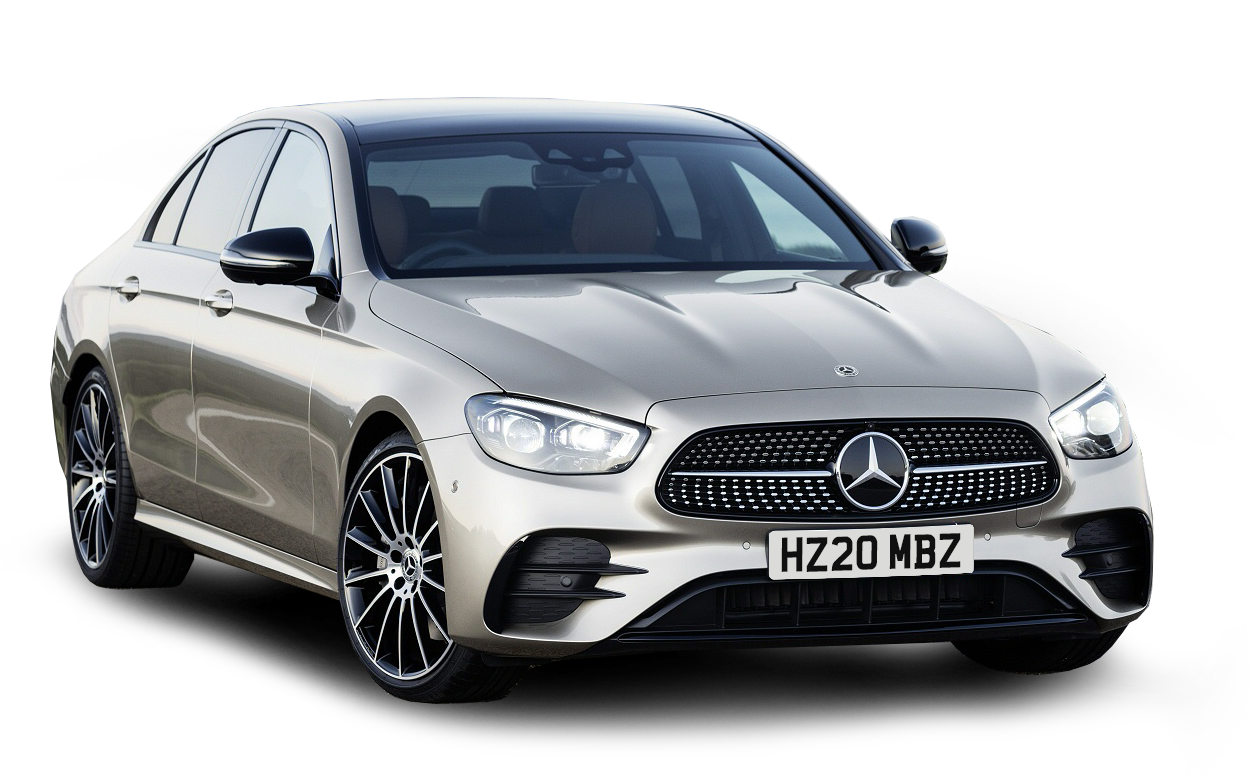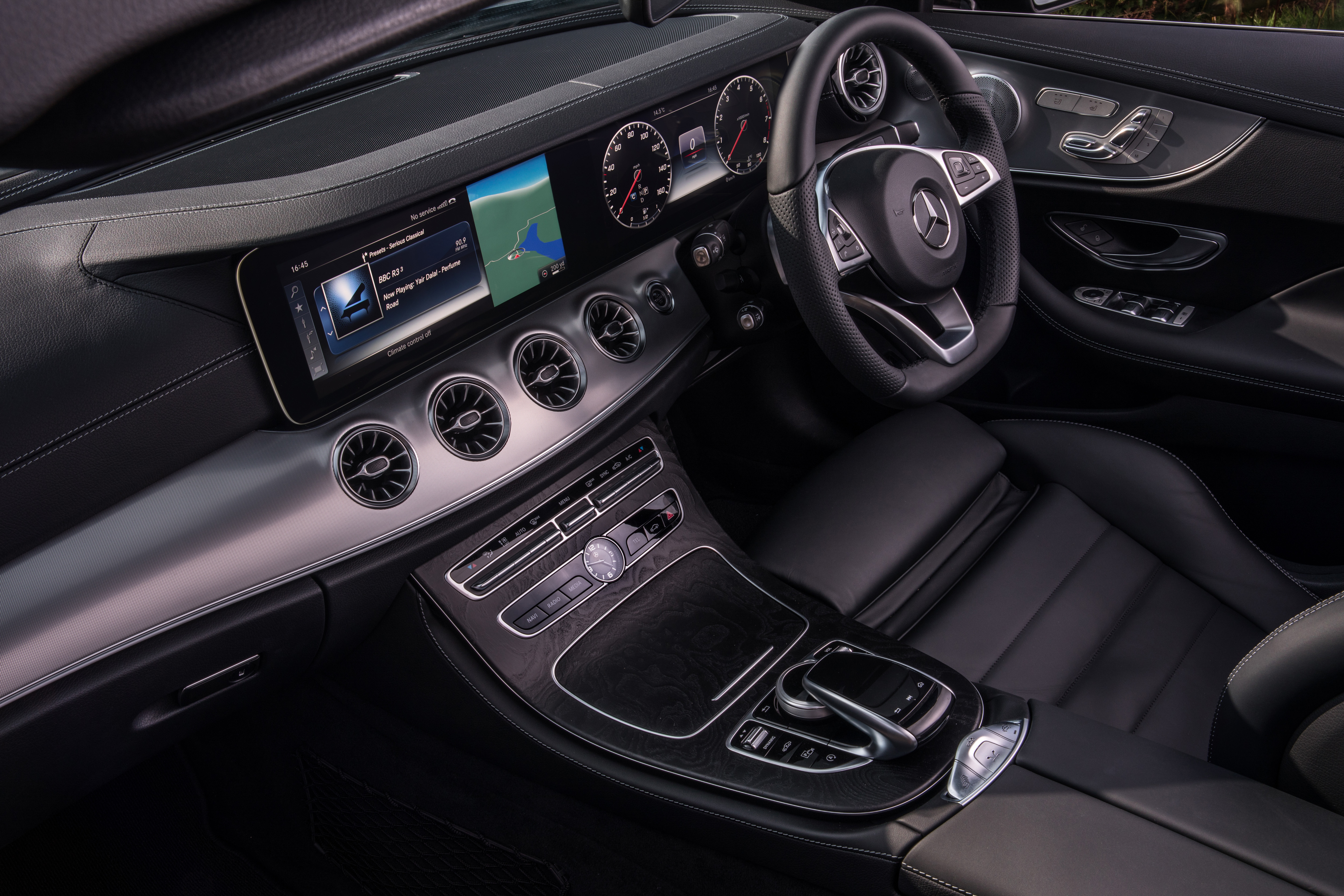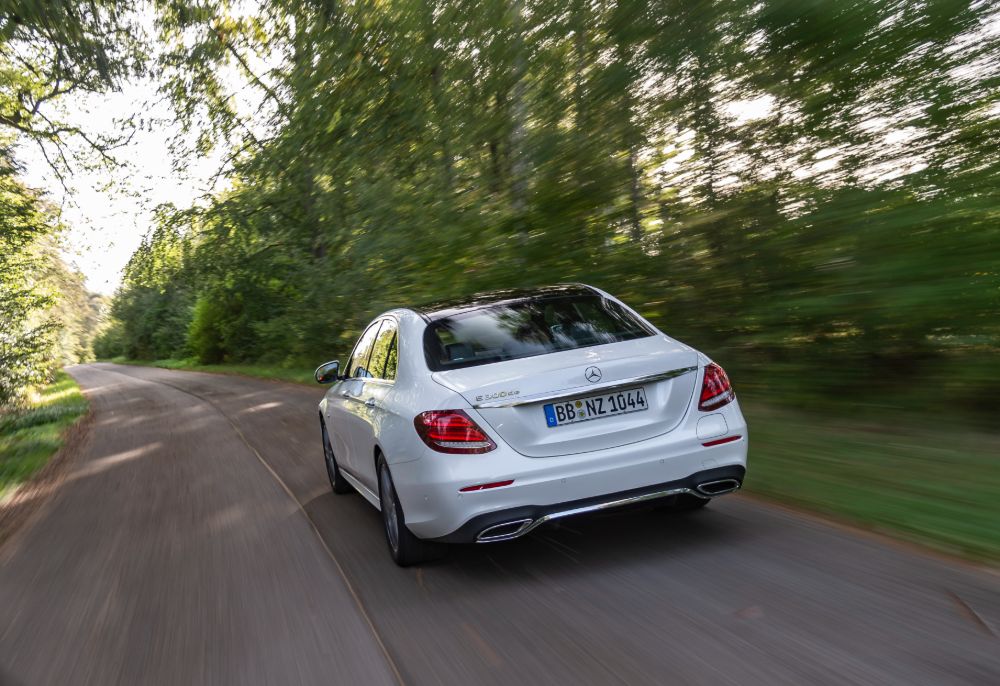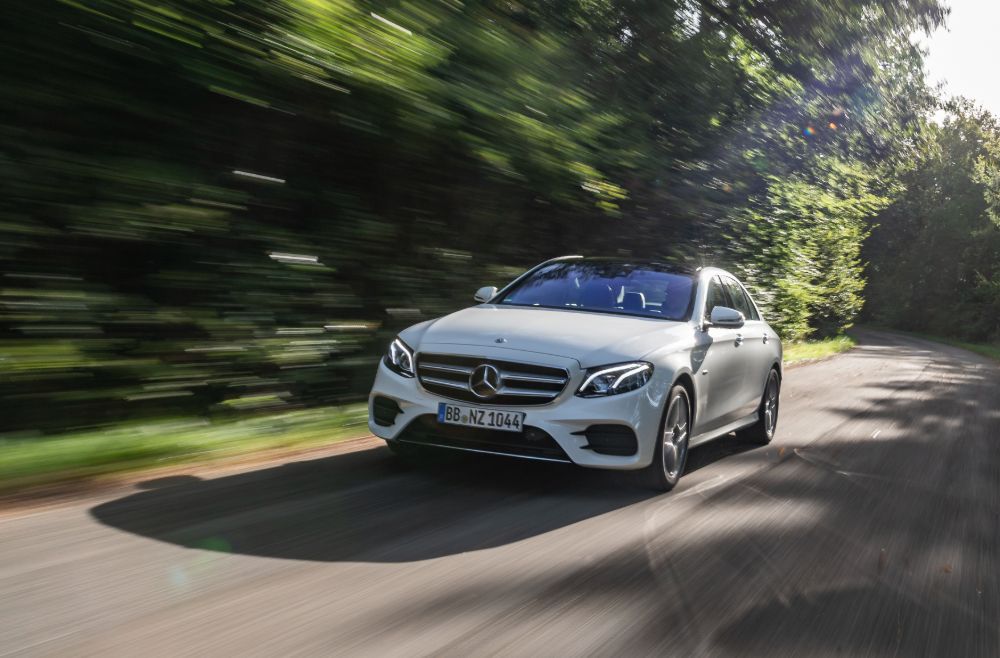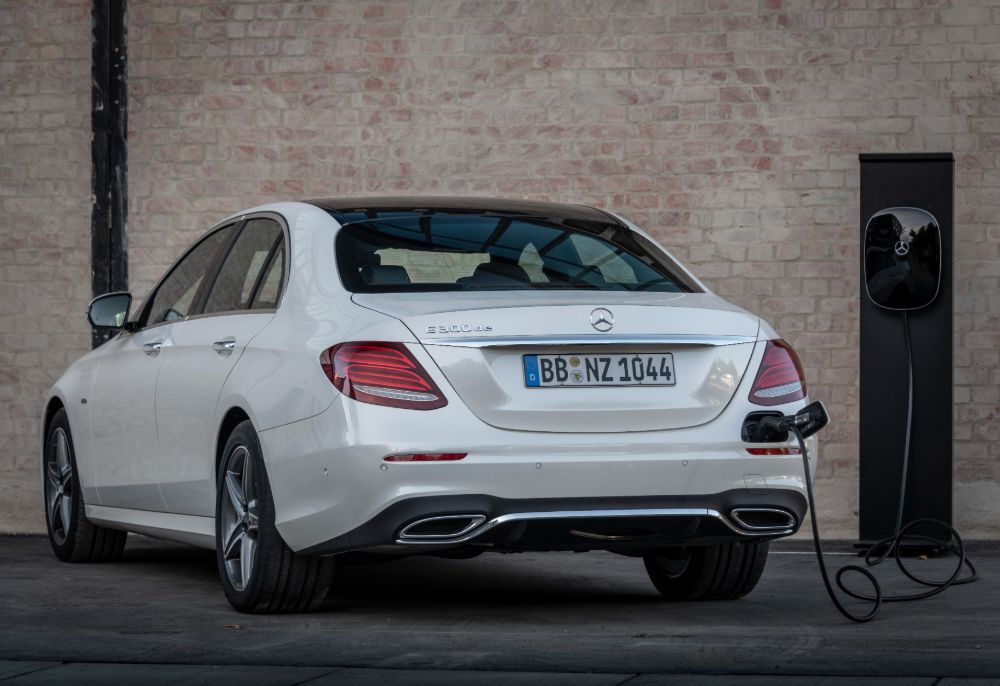Performance
The E300de gets a 191bhp 2.0-litre diesel engine you’d find in the regular E220d diesel E-Class, while the petrol E300e is powered by a 208bhp 2.0-litre petrol engine. That’s where the key differences end as both are also powered by a 120bhp electric motor and a 13.5kWh battery pack, giving a total of 315bhp in the E300e and 302bhp in the E300de. Despite the petrol being 14bhp more powerful than the diesel, it only equates to it getting to 62mph 0.2 seconds quicker (0.3s compared to the Estate), and both have an identical top speed of 155mph. Whether you go for the petrol or the diesel, both engines work well with the electric motor to deliver performance similar to that of a hot hatchback. Performance in electric mode is more wafty than thrilling, but that’s to be expected in a plug-in hybrid.
Hybrid drive
Of all the three large executive plug-in hybrids, the E-Class sits bang in the middle between the more comfy and relaxing to drive Volvo S90 Recharge, and the more sporty BMW 530e. The E-Class serves up both an engaging driving experience on a twisty road and a stress-free one on the motorway. Just as you’d expect, the petrol is slightly quieter than the gruffer-sounding diesel, but the differences are tiny. One thing you will notice, however, is that while the performance of the engine and electric motor working together is undeniably strong, in normal driving, when the car flits between electric motor and the engine, the transition could be smoother. Also, if you drive a E300de back-to-back with a regular E220d diesel, you’ll notice the PHEV’s extra 345kg as it translates into more body roll through the corners. But, let’s face it, both the E300e and E300de are motorway cruisers, and in this environment they’re outstandingly refined and cosseting.









